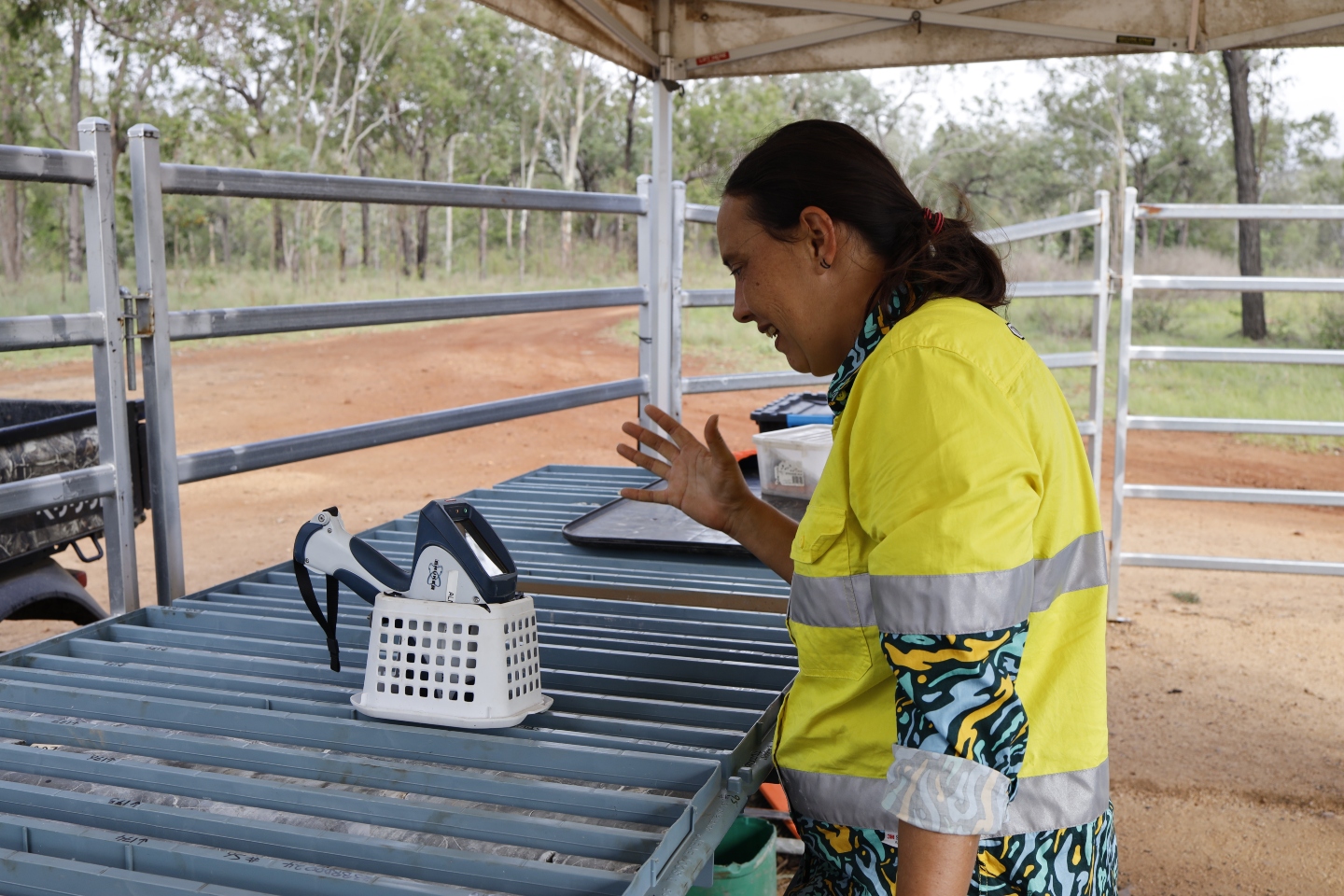Alma Metals has extended the higher-grade copper-molybdenum mineralisation strike at the Central Zone within its Briggs project in Queensland to about 500m, with new drill hits including 161m at 0.29 per cent copper and 71ppm moly from 22m. The intercept is part of a longer 242.4m zone beginning just 5.4m from surface and running 0.26 per cent copper and 60ppm moly.

Alma Metals has extended the higher-grade copper-molybdenum mineralisation strike at the Central Zone within its Briggs project in Queensland to about 500m, with new drill hits including 161m at 0.29 per cent copper and 71 parts per million moly from 22m.
The company says the intercept gleaned from a four-diamond-drillhole campaign is part of a longer 242.4m zone beginning just 5.4m from surface and running 0.26 per cent copper and 60ppm moly.
The results frank Alma’s decision to test the south-eastern margin of its Central resource zone – a strategy aimed at proving that good copper grades could exist in the upper zone of the intrusive granodiorite, close to or straddling its contact with the enclosing volcanic sediments. Two holes were put into each of the two sections of the south-eastern margins of the Briggs Central zone.
The north-easterly azimuth of the best hole explored the north-eastern margin of the contact zone and ended in better than 0.1 per cent copper mineralisation just 27m shy of Alma’s interpreted contact between the two rock types.
Its twin on the same section from pretty much the same collar location explored the opposite azimuth to the south-west towards the centre of the intrusive. It terminated at 257.5m in lower-grade copper after running through almost continuous mineralisation that included better intercepts of 10m going 0.37 per cent copper and 68ppm moly from 23m and 15.9m at 0.32 per cent copper and 27ppm moly from 239.1m.
The second section line was drilled in similar fashion, about 50m north-east of the first line, with one hole oriented to test the north-east contact zone and the other being a vertical hole put into granodiorite just 50m away from the interpreted contact zone.
The first hole was a massive success, with a 94.5m intercept from right on the inferred contact into the wall rock going 0.33 per cent copper and 48ppm moly. Additionally, almost the entire hole was mineralised and included a run of 187.2m going 0.24 per cent copper and 34ppm moly from just 2.8m.
An additional zone ran an impressive 12m going 0.5 per cent copper and 20ppm moly from 97m.
The second hole of the section ran its full vertical length from surface to 147.9m in mineralisation averaging 0.2 per cent copper and 28ppm moly, ending in granodiorite about 50m inside its inferred contact with the volcanic sediments.
Alma says its latest results, in concert with previously reported outcomes and resulting interpretations, confirm beyond any doubt that elevated copper grades exist in the mostly untested contact zone between the granodiorite intrusion and the surrounding volcanic sediments. It also notes that higher grades can persist to the maximum depths drilled, namely around the 250m mark.
Management says its surface geochemistry effectively screams out for work to explore the possibility of linking the Central and Southern zones, while the limited drilling on the south-west margins of the inferred resource also shows that the potential for a higher-grade halo has not been fully tested at either surface or at depth.
The mineralisation, which occurs as chalcopyrite and molybdenite grains in quartz veins and as fine disseminations within both heavily altered volcanic sediments and granodiorite, has now been proven on the south-east margin of the Briggs Central intrusion on three adjacent sections.
Further confirmation is evidenced by the broad, strong surface soil sampling geochemical halo that reads up to 1000ppm copper in the south-west part of the inferred resource.
The results show the southern area of Briggs Central to be a high-priority target for follow up testing on an open grid, with likely further infill drilling to be dictated by results.
Alma says it is planning additional drilling in the second quarter of this year, with a view to initial resource scoping studies as its results develop. Looking at the current data, it seems hard to imagine that the drilling will nix the target and it just remains to be seen how good the company’s next lot of grades can be.
Is your ASX-listed company doing something interesting? Contact: matt.birney@businessnews.com.au
















